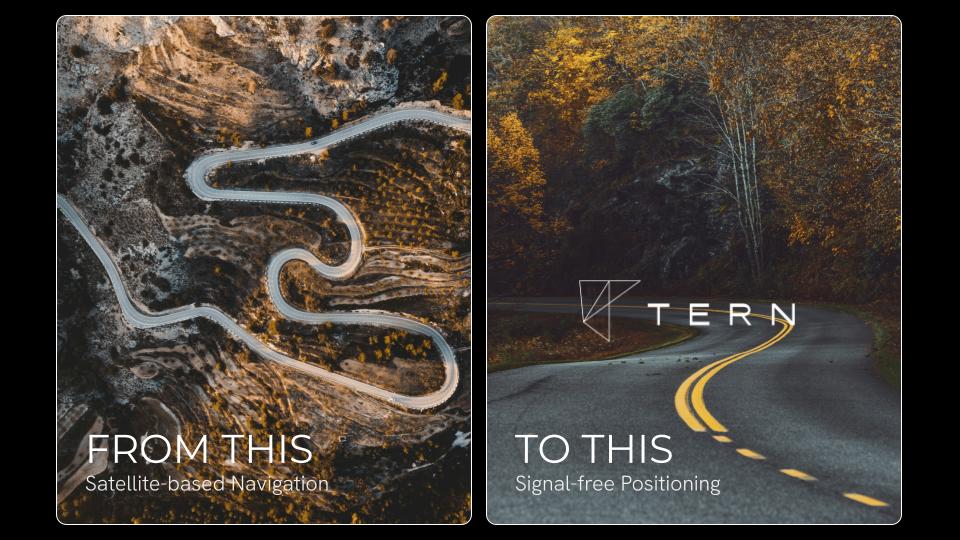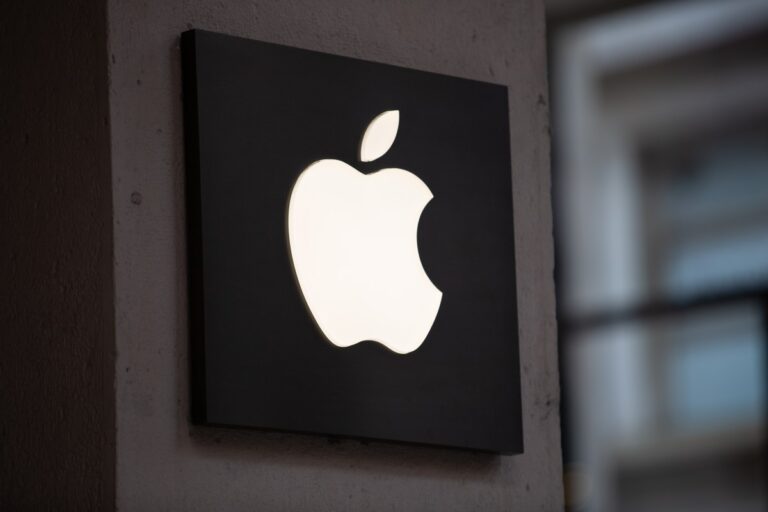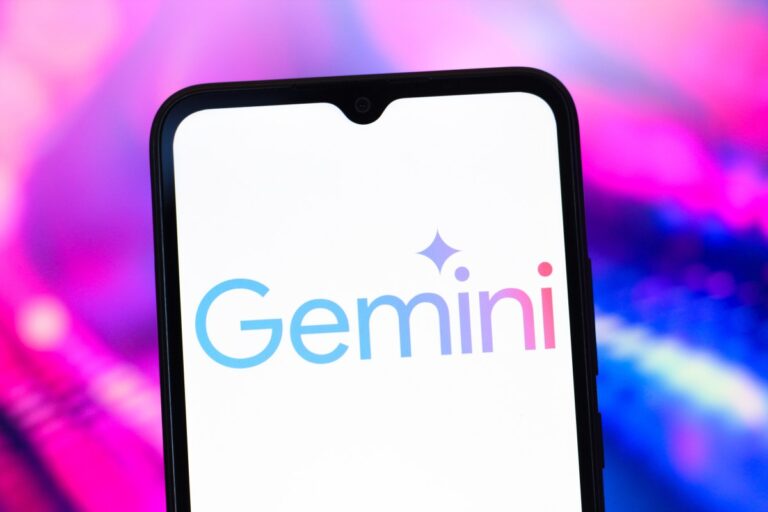Unlocking Efficiency: Tern AI’s Affordable GPS Solution Proves Its Worth!
Have you ever faced the frustration of a GPS failure, missing an important highway exit? Tern AI, an innovative startup, is developing a groundbreaking low-cost GPS alternative that aims to tackle these common navigation challenges. By shifting away from traditional satellite-based positioning, Tern AI has created a system that utilizes map data and existing vehicle sensors to pinpoint location accurately and efficiently.
Revolutionizing Vehicle Navigation with Tern AI
At the recent SXSW event, Tern AI showcased its revolutionary technology to TechCrunch, demonstrating how it can “derive a position from nothing.” Co-founder and president Brett Harrison explained, “No triangulation, no satellites, no Wi-Fi, nothing. We just figure out where we are as we drive.” This leap forward in navigation technology presents a remarkable opportunity to move beyond the limitations of traditional GPS systems.
The Importance of Tern AI’s Breakthrough
This innovative approach is significant for various reasons:
- Cost Savings: Companies relying on GPS, such as ride-hailing services and delivery firms, face losses due to inaccurate positioning.
- National Security: GPS systems are susceptible to spoofing, posing risks to critical infrastructure, including aviation and disaster response.
- Government Initiatives: The U.S. is actively seeking alternatives to GPS, as shown by executive orders aimed at reducing reliance on single-source positioning technologies.
Testing Tern’s Technology in Real-World Conditions
During the SXSW demonstration, Tern’s technology was integrated into a 2019 Honda Civic. By connecting the vehicle to a smartphone via Bluetooth, the Tern application accessed essential data from the vehicle’s sensors.
The team opted for a “cold start” scenario, disabling location services and relying solely on cached map data within a 500-square-mile area. According to senior software developer Cyrus Behroozi, it took approximately 10 minutes for the system to achieve full convergence due to traffic conditions, although it typically takes just one to two minutes in ideal scenarios.
Enhanced Capabilities Beyond GPS
Harrison highlighted that Tern’s technology excels in challenging environments where GPS struggles, such as parking garages and tunnels. While the exact mechanics of the system remain proprietary, the results speak for themselves, delivering precise tracking even in urban settings notorious for GPS inaccuracies.
Privacy and Scalability of Tern AI’s System
From a privacy standpoint, Tern’s system offers a safer solution. Harrison stated, “Our system is a total closed loop. Right now, we’re not emitting anything. It’s independently deriving its own position.” This closed-loop approach minimizes external touchpoints, enhancing user privacy.
Tern AI has designed its solution to be highly scalable. By integrating the technology directly into manufacturers’ infotainment systems, it can be downloaded as software, making it accessible for a wide range of vehicles from model year 2009 onward.
Potential Impact and Future Directions
Tern AI’s potential customers range from automotive manufacturers to technology giants like Google and Uber. Harrison emphasized the urgency of deploying this technology to enhance the economy amid growing concerns over current GPS limitations.
Moreover, Tern AI is exploring collaborations with government entities, having recently received a contract from the U.S. Department of Transportation. Harrison expressed hope that their demonstration showcased the potential of American innovation in addressing the challenges of modern navigation.
For more insights into innovative technologies in navigation, check out our articles on technology innovations and the future of transportation.
Note: This article has been updated to clarify the typical duration for Tern’s system to reach full convergence.







